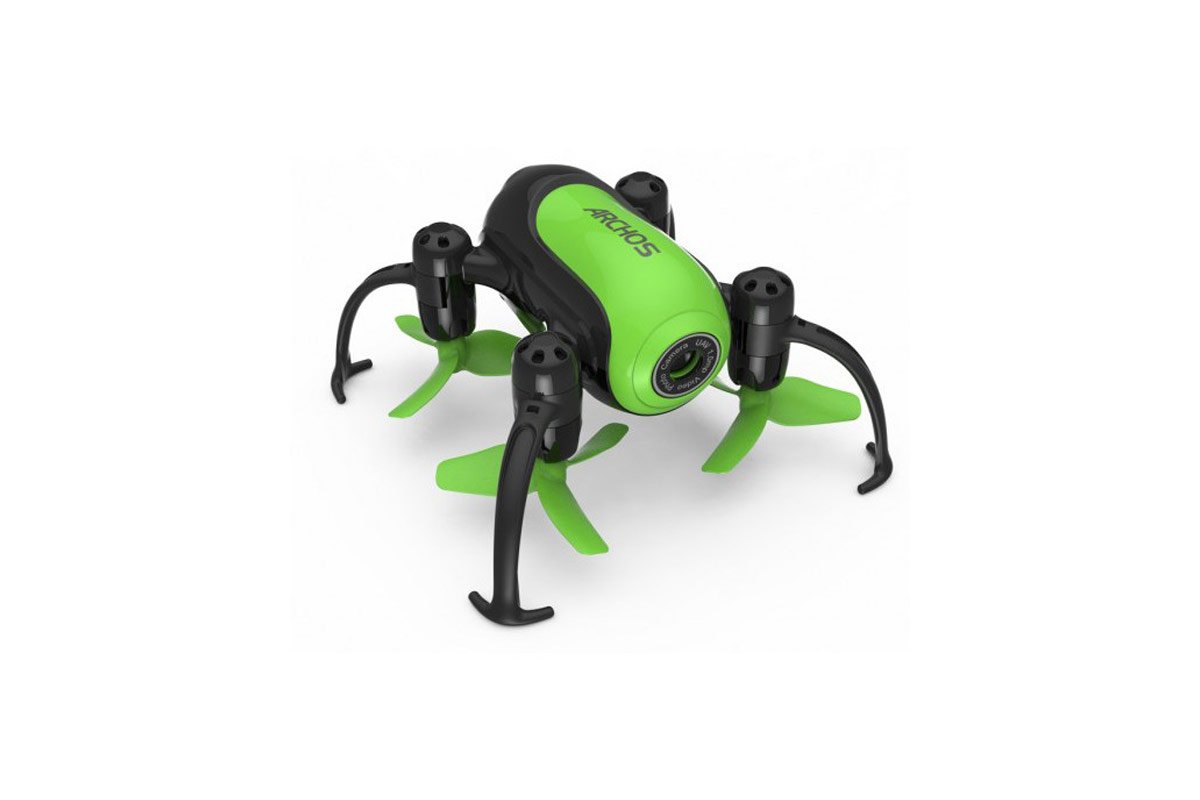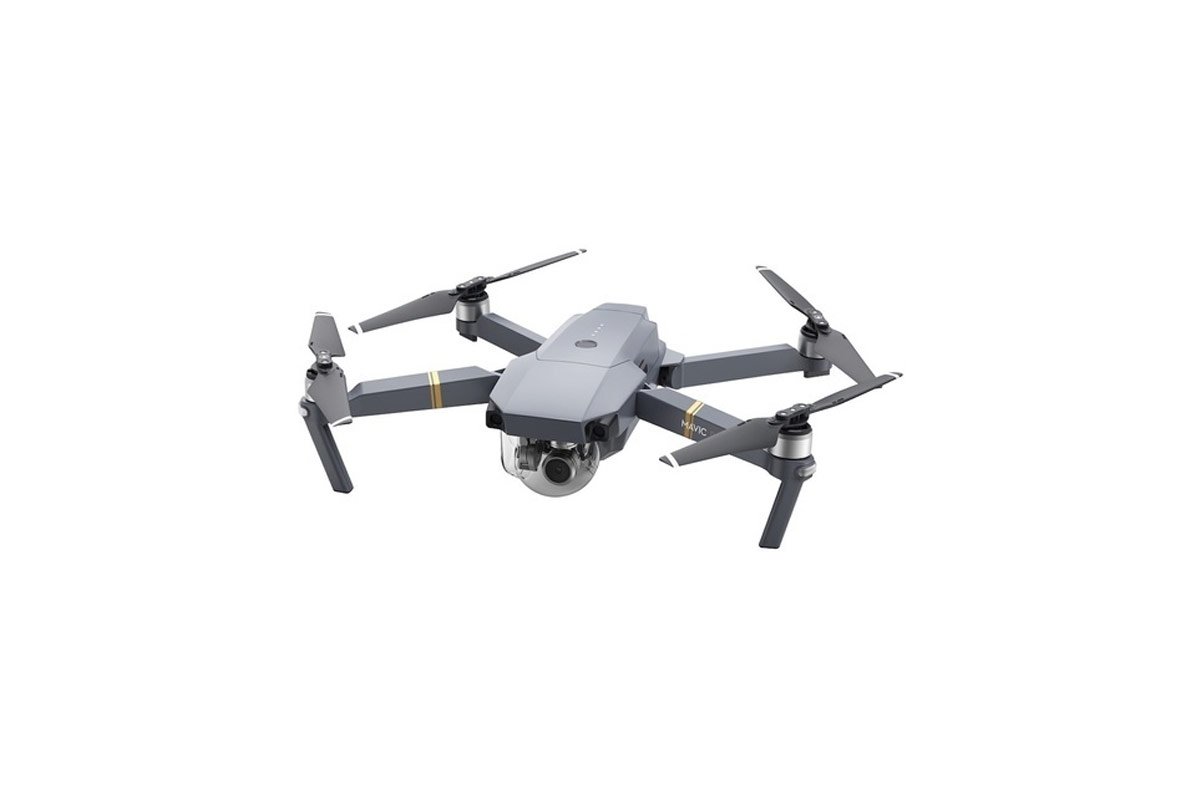Description


Introduction
The quadcopter DJI Phantom 4 Pro is one of the most powerful, smart, and exciting aircraft on the market. He gained foreign intelligence, and also allows you to realize the incredible flight of his dreams. With the help of artificial filling and advanced technologies, this model considered to be practically a reference. The first thing that the eye of an experienced owner will catch on is the presence of additional sensors on the back and sides of the drone. Then you will see the difference in the ventilation channels on the drone’s rays, they become a little larger, and someone can see the external differences in the cameras.


Appearance
The body of the drone made of progressive alloys of magnesium and titanium. In terms of design and dimensions, the Phantom 4 Pro quadrocopter appears to be an almost exact copy of the original (like other versions ). And this is very important since the ‘professional’ version equipped with a much more advanced filling. Streamlined contours and shapes dominate here.


Camera
The size of the used sensor in the camera is a more important criterion for obtaining a high-quality image than the number of pixels. After all, the more the sensor can capture information, the better the dynamic range and the signal-to-noise ratio in low light. It uses more pixels, has a maximum ISO of 12800, as well as increased contrast. The new camera has wholly redesigned for a 1-inch 20-megapixel sensor. In its arsenal is an optimized wide-angle lens (F2.8) with an equivalent focal length of 24mm. The lens consists of eight lenses (spherical and aspherical) located in seven groups. This approach ensures the clarity of the picture, eliminating all types of aberration of the optical system over its entire area.
The electronic shutter with a maximum shutter speed of 1/8000 second was also improved. The new Burst Mode (burst mode) now captures 20-megapixel images at 14 frames per second. In essence, the P4 Pro camera has the potential of traditional hand-held professional cameras. The camera supports both the previous H.264 video compression format, which allows you to shoot video as 4K at 60 frames/s (max. Resolution 4096 × 2160 at 60 frames/s), as well as the new H.265 with 4K quality at 30fps ( max resolution 4096 × 2160 at 30 fps) and all this with a bit rate of 100 Mbps. The supported H.265 video codec doubles the amount of image processing, resulting in increased image quality. Recording in the high dynamic range mode D-Log (D-log mode) significantly optimizes and improves the quality of the material.


Transmitter & Digital Video Link
Typically, the drone controlled at 2.4 GHz, and the video stream transmitted at 5.8 GHz. Since the frequencies do not overlap, conflicts between channels also excluded. But at the same time, the use of different rates has its drawbacks. For example, a flight shot will be affected when either of the two rates interferes. DJI Phantom 4 Pro hardware received an advanced video transmission system – LightBridge HD, support for data transmission at a speed of 5.8 GHz added. The ability to choose between rates eliminates interference and delays in transmitting a video stream caused by the widespread use of 2.4 GHz
Digital Video Link – LightBridge HD uses the well-known TDM (Time Division Multiplexing) technology to transmit signals, which allows you to combine multiple input low-speed channels into one high-speed channel. Since Wi-Fi routers most often use the 2.4 GHz frequency, 4G cell towers, the appearance of the 5.8 GHz frequency will significantly increase the reliability of data exchange between the equipment and the drone. The built-in 5.5 inch (13.97cm) 1080p screen is the brightest display (1000cd/m²) among existing smart devices. Now the sun does not affect the display of information on the screen, even in direct sunlight.


Remote Control
DJI Phantom 4 Pro has got a wireless remote control that is multifunctional. A video broadcasting system mounted in it, and at two frequencies (5.8 GHz and 2.4 GHz). And in front are LED indicators that are responsible for clearly displaying the level of remaining charge. By using the remote control, you can freely control cameras. It works with a battery with a capacity of 6000mAh.


Positioning
To built-in high-resolution stereo vision sensors (front and rear), as well as an infrared object recognition period on the left and right sides of the drone, a complex of ultrasonic sensors in its lower part, the quad now sees both under itself and around it 360º. All of the above visualization complex, coupled with 2-band satellite positioning (GPS/GLONASS), with duplicating 2 × IMU sensors and 2 × compasses, is controlled by a powerful multi-core processor, which ensures accurate, coordinated operation of all systems. This approach provided the drone with impressive autonomy. Phantom 4 Pro can allow the pilot to fully plunge into the world of shooting, not paying attention to control.


Flight Modes
Quadrocopter Phantom 4 Pro received five intelligent flight modes :
Draw – Draw is a brand new point-to-point technology. Just draw a route on the screen, and the Phantom 4 Pro will follow in a given direction and at a given height. This mode allows the pilot to focus on controlling the camera and taking photos in general. Draw mode implies two flight options: Standard – the drone flies along a given route at a constant speed, where the camera is facing in the direction of flight. Free – the drone flies along the specified route with the camera entirely at the disposal of the pilot.
ActiveTrack – The mode allows the drone to recognize an object, capture automatically, and follow it, which in turn makes it easy to receive multiple frames with its participation. Chasing a fast-moving object is not an easy task, but the Phantom 4 Pro easily recognizes and tracks an object, keeping it in the center of the frame throughout the flight. The new algorithm allows you to identify people, vehicles, animals, and at the same time, adjust flight dynamics to ensure the smoothest shots. For the pilot, 3 options for capturing the object will be available:
TapFly – Tapfly carries out an autonomous flight in the forward direction with one touch on display. Press anywhere in the presentation where you would like the drone to fly, and then again on the ‘Go’ icon, and it will follow to the indicated place, flying around obstacles in the forward direction. The pilot can always intervene in the flight process by touching one of the sticks. A new function ‘AR route’ has appeared, which shows in real-time the current direction of the drone’s flight, taking into account all the corrections by the pilot. In TapFly mode, the pilot focuses on the flight altitude, trajectory, speed, and camera position using the sticks of the equipment.
Return to Home – The developers have finalized the mode, now Phantom 4 Pro automatically selects the optimal return route depending on environmental conditions. While you are flying, the drone writes the current path, in case of loss of communication, relying on the recorded data and avoiding obstacles, the Phantom 4 Pro will return to the take-off point and make a soft landing. Based on the occupied altitude at the time of loss of communication, the Phantom 4 Pro is also able to adjust the flight path to avoid the obstacles that it recorded during an autonomous flight. Similarly, the Phantom 4 Pro will register the take-off location to subsequently make a more accurate landing. The drone can determine the ground to analyze the landing site. If any obstacles, such as water, are detected at the landing site, the quad will warn the pilot and will hover above this place in anticipation of the next commands.
Gesture Mode – Selfie mode, activated by gestures without using the equipment. Advanced computer vision technology permits the Phantom 4 Pro to follow directions with gestures. It is enough to raise your hands in front of the camera, and the drone will recognize the gesture and place the object in center of the frame. When everything is ready for shooting, the drone will emit a warning signal after the message, the purpose given 3 seconds to prepare for a selfie.


Software
If we consider the software side of this copter, the DJI GO 4 application highlighted. With its help, various functions, as well as the camera and suspension, are directly controlled. A well-thought-out menu allows you to set up a drone even for a beginner quickly. Through this application, the footage published.


Battery
The gadget equipped with a 5870 mAh battery. There is a function that allows you to control the battery and charge. To the corresponding indicator, you can monitor its status. In terms of power, the battery can last up to 30 minutes in the actin state, which seems to be an excellent battery life.









Reviews
There are no reviews yet.